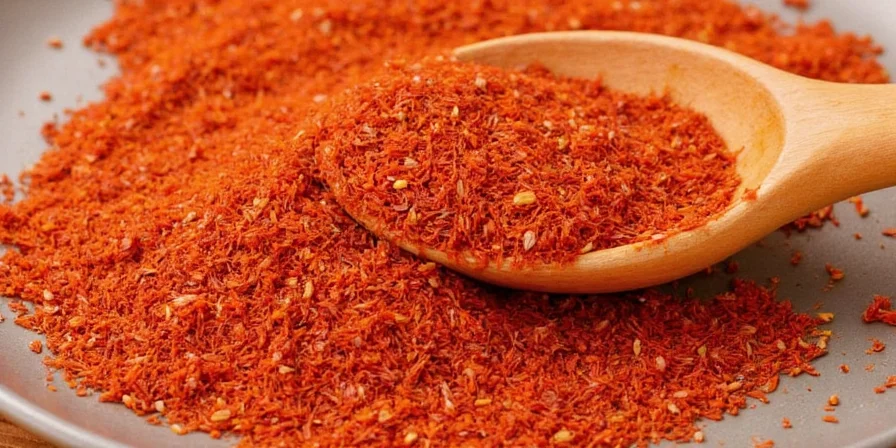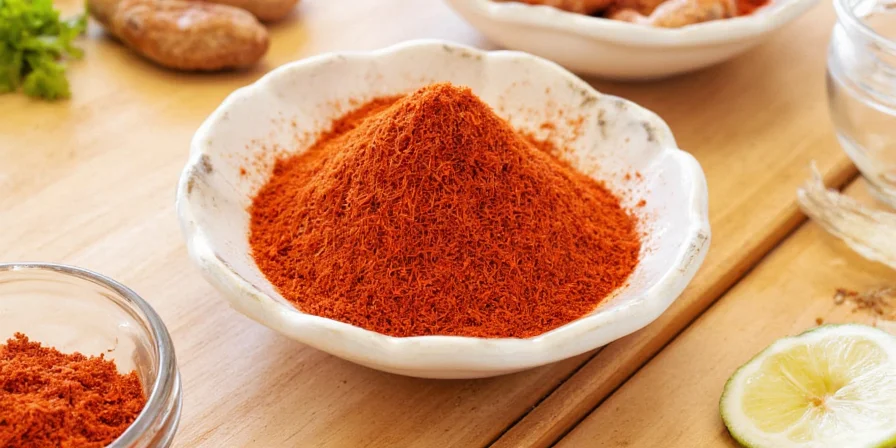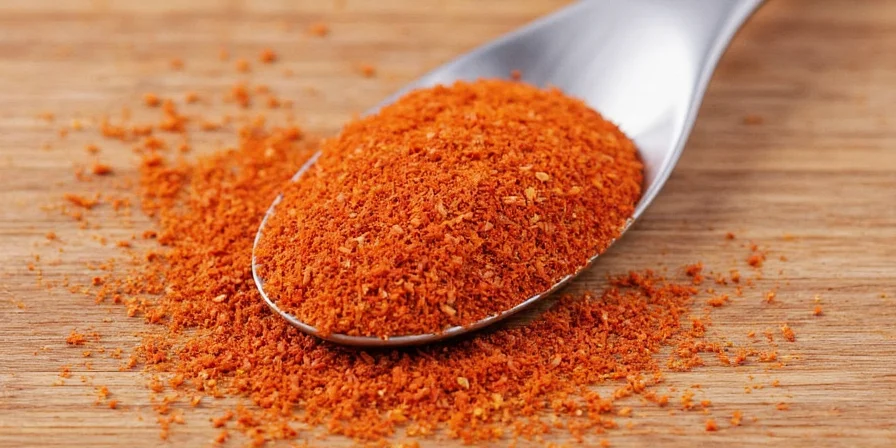Togarashi Seasoning 101: The Spicy Secret Behind Japanese Cuisine (You Probably Didn’t Know You Needed)

Table of Contents
- What Is Togarashi Seasoning Anyway?
- What Does It Taste Like? (Spoiler: It’s Not Just Spicy)
- The Two Sides of Togarashi: Shichimi vs. Ichimi
- How to Use Togarashi Like a Pro (Plus Recipe Ideas)
- Pro Tips for Buying, Storing, and Customizing Your Own Blend
- Why Every Kitchen Should Have This Spice On Deck
- Conclusion: Togarashi—Your New Go-To Flavor Booster
What Is Togarashi Seasoning Anyway?
If you’ve ever dined at a Japanese restaurant and seen tiny shakers filled with bright red powder next to your ramen or udon noodles, you’ve encountered shichimi togarashi, often shortened to just “togarashi.” But what exactly is it?
Togarashi seasoning is a traditional Japanese spice blend that combines chili pepper with a mix of other aromatic ingredients. While there are different types of togarashi, the most common one you’ll find today is shichimi togarashi, which translates to “seven-flavor chili pepper.”
Despite its name, shichimi isn’t just about heat—it’s a complex blend designed to awaken multiple taste buds and enhance umami-rich dishes like ramen, grilled meats, and even popcorn!
What Does It Taste Like? (Spoiler: It’s Not Just Spicy)
Shichimi togarashi delivers a symphony of flavors:
- Heat: Of course, chili pepper brings the fire.
- Umami: Thanks to ingredients like seaweed or dried citrus peel.
- Citrusy notes: Often from sansho pepper or orange peel.
- Nutty aroma: Provided by sesame seeds or poppy seeds.
- Herbal undertones: From dried herbs like yuzu zest or perilla leaves.
The balance varies by brand and region, making each version unique—like a fingerprint made of flavor.

The Two Sides of Togarashi: Shichimi vs. Ichimi
You might be surprised to learn there are two main kinds of togarashi:
| Type | Ingredients | Flavor Profile | Best For |
|---|---|---|---|
| Shichimi Togarashi | Mixed spices including chili, sansho, seaweed, citrus peel, sesame, etc. | Complex, layered heat with umami and floral tones | Adding depth to soups, noodles, and grilled meats |
| Ichimi Togarashi | Pure ground red chili pepper | Simple, sharp spiciness without added flavors | Dipping sauces, direct seasoning, or when you want straight heat |
How to Use Togarashi Like a Pro (Plus Recipe Ideas)
Now that you know what togarashi is, let’s talk about how to use it like a pro chef—or at least like someone who makes really good toast:
- Sprinkle on Noodles: A pinch over ramen or soba instantly elevates the dish.
- Boost Your Breakfast: Add a dash to avocado toast, fried eggs, or grits.
- Make a Togarashi Butter: Mix with softened butter and spread on corn, steak, or crusty bread.
- Season Popcorn: Yes, Japan puts togarashi on popcorn—and it’s genius.
- Spice Up Marinades: Blend into teriyaki glaze or miso-based marinades for grilled veggies or fish.
Pro Tips for Buying, Storing, and Customizing Your Own Blend
- Buy Fresh: Togarashi loses potency over time. Check expiration dates and opt for small bottles if you don’t cook with it often.
- Store Smartly: Keep in a cool, dark place away from sunlight. Glass jars work great but avoid moisture exposure.
- DIY Your Own Version: Experiment! Here’s a simple recipe:
DIY Togarashi Blend: - 2 tbsp ground red chili flakes - 1 tsp crushed sansho peppercorns - 1 tsp toasted sesame seeds - ½ tsp dried seaweed flakes (nori or kombu) - ½ tsp lemon zest (or orange peel powder) - Optional: Crushed dehydrated garlic, ginger powder, or dried mint
Why Every Kitchen Should Have This Spice On Deck
In a world full of salt, pepper, and boring old paprika, togarashi offers something truly exciting: a multi-layered flavor punch that doesn’t need hours of simmering or a pantry full of exotic spices.
Whether you're a seasoned chef or someone who burns microwave popcorn, togarashi can:
- Add instant flavor to bland leftovers
- Upgrade your takeout game
- Introduce you to new global flavors without traveling abroad

Conclusion: Togarashi—Your New Go-To Flavor Booster
So what is togarashi seasoning? It’s more than just a spicy topping—it’s a gateway to richer, more vibrant meals. Whether you’re using store-bought shichimi or crafting your own signature blend, togarashi has earned its spot among modern pantry essentials.
Next time you're staring blankly into your spice rack wondering how to make tonight's dinner anything but meh, grab the togarashi and let it do the heavy lifting. Your taste buds will thank you—and maybe even throw a tiny party in your mouth.
Got questions or your favorite way to use togarashi? Let us know in the comments below!










 浙公网安备
33010002000092号
浙公网安备
33010002000092号 浙B2-20120091-4
浙B2-20120091-4